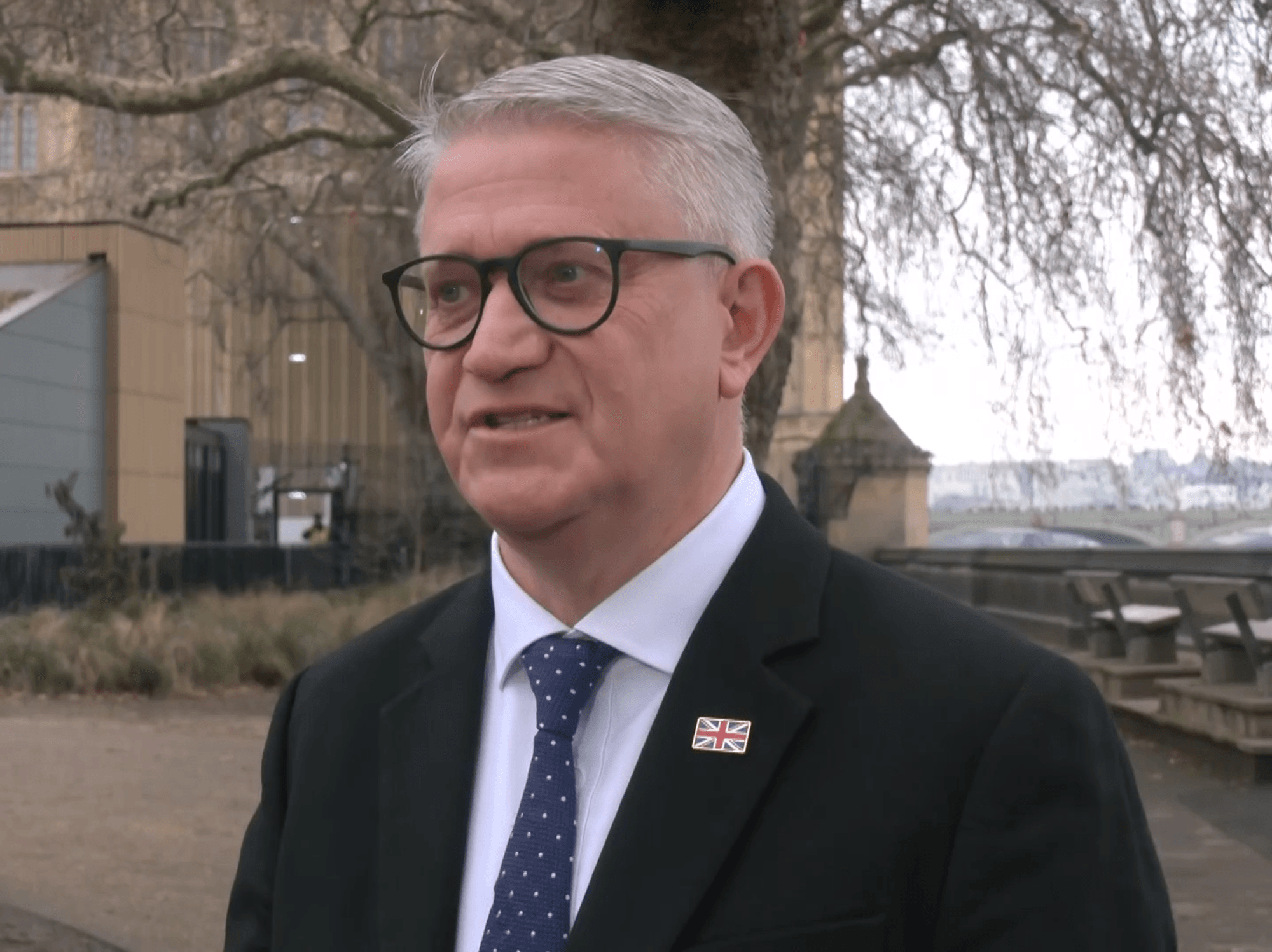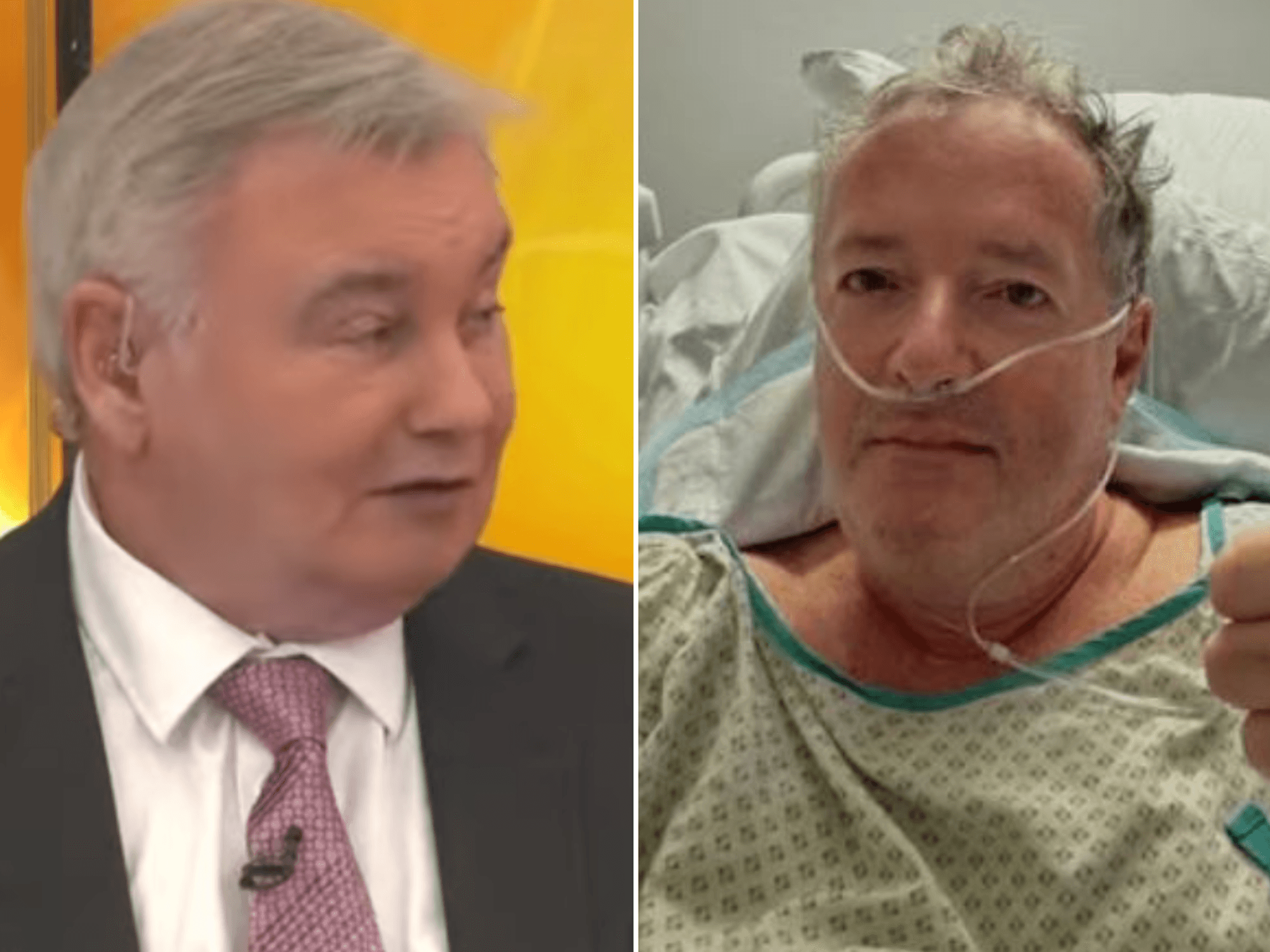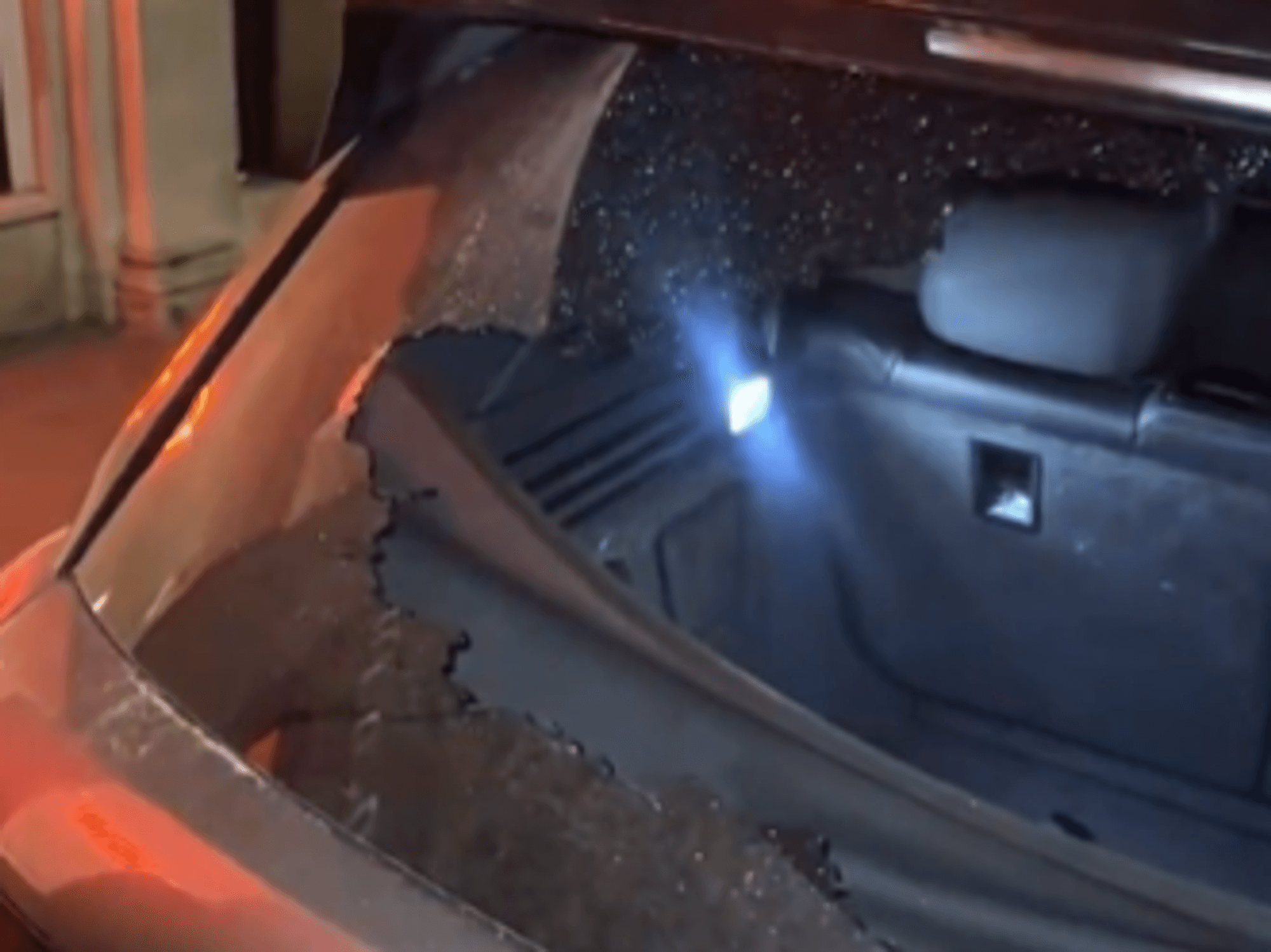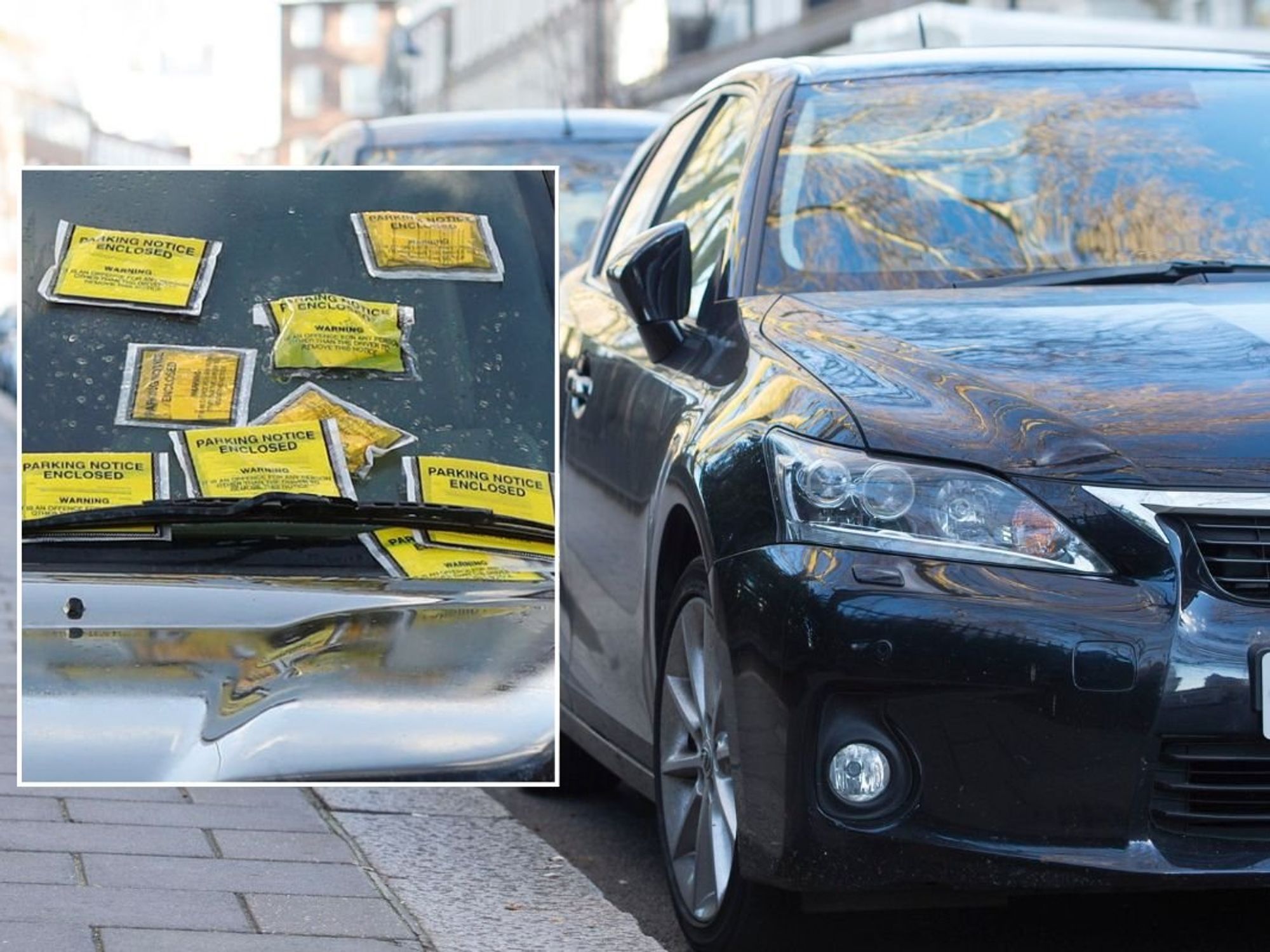DVSA could roll out new eyesight law changes next year that may impact elderly drivers
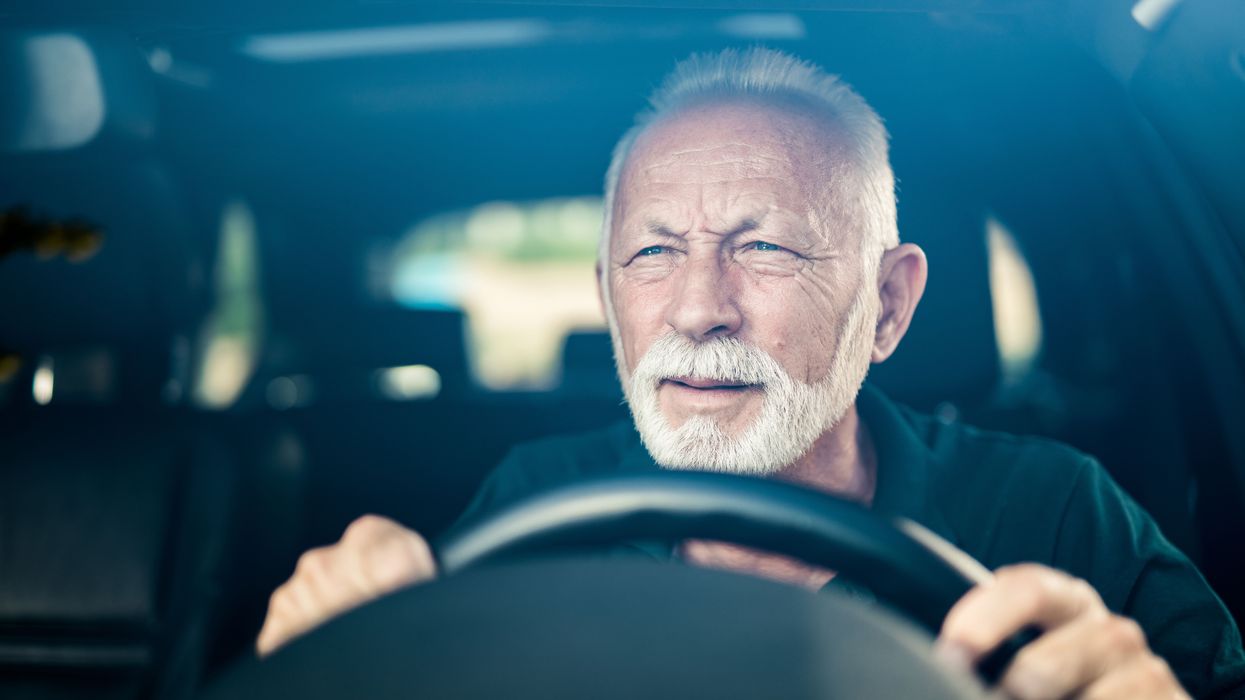
Other eyesight law changes were introduced earlier this year
|GETTY

The DVSA will work with the DVLA to outline any new changes
Don't Miss
Most Read
The Driver and Vehicle Standards Agency (DVSA) has published its plan for 2024 which could see major new laws introduced, including eyesight rules.
As part of the DVSA’s business plan for next year, the Government agency is looking to make transport safer, greener and healthier.
As part of this, it aims to slash waiting times for practical car tests to seven weeks or less by March 2024.
It also aims to cut average waiting times for theory candidates to four weeks or less and vocational practical tests to three weeks or less.
WATCH NOW: Transport Secretary Mark Harper pledges to back drivers
The DVSA is considering how the eyesight test is administered during a driving test, which could potentially be changed.
When taking a driving test, motorists are required to read a car number plate made after September 1, 2001, from 20 metres.
According to the report, the DVSA will engage with the DVLA’s Medical Panel to ensure any new procedures meet existing standards.
A public consultation was launched earlier this year to hear the views of drivers and experts about how eyesight test should be conducted.
The majority of respondents supported the proposal to have “more flexibility” about how the eyesight test is conducted.
The DVSA states that the aim of the change is to provide more flexibility about when the driving test is conducted and in different levels of light.
This follows the DVLA making changes to its eyesight regulations, with motorists required to inform the organisation about any particular eye conditions which could affect their driving.
The DVLA worked with the Association of Optometrists to amend the published list of conditions after concerns it could affect all drivers, especially elderly drivers, who are more likely to suffer from issues with their vision.
The following eye conditions were removed from the list: branch retinal vein occlusion, hemianopia, nystagmus, optic atrophy, optic neuritis, reduced visual acuity, retinal treatment, retinopathy, tunnel vision and usher syndrome.
A joint statement from Nick Bitel, DVSA non-executive chair, and Loveday Ryder, DVSA chief executive, said the organisation would keep Britain moving in a safe and sustainable manner with the 2024 plan.
They said: “We will pursue our newly stated purpose while also making sure we continue to support and develop our colleagues to build the skills, knowledge and experience they need to serve our customers with confidence.
“We will keep investing and building on our leading-edge wellbeing package, supporting our colleagues to make DVSA a great place to work.”
The DVSA is also planning to assist with policy support in relation to the introduction of regulations for electric scooters.
Currently, they are only legal on public roads if they are part of Government-sanctioned trials, which are active in over 30 areas across the UK.
LATEST DEVELOPMENTS:
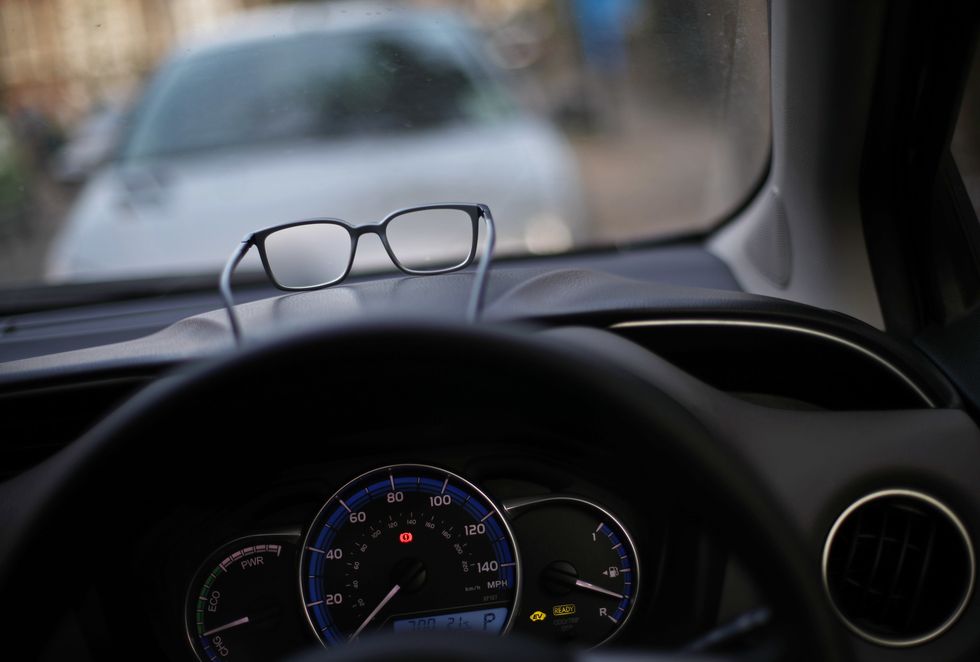
Drivers need to be able to read a number plate from 20 metres away
|PA
From December 5, all new and existing active users of e-scooters must provide their name and driving licence to be able to ride the vehicles.





